Last Updated on July 23, 2021

October means Halloween is just around the corner, and here at Arrow in the Head, in honor of this ghoulish month of scares, every Friday leading up to Halloween, I’ll be posting mini-reviews of a few of my favorite horror flicks- some obscure, some not. To kick things off- we’re going to start with the golden age of cinema- with a selection of films that had a lot more going on beneath the surface than the censors of the time were probably comfortable with.
FREAKS (1932)

In the early thirties, MGM was the biggest studio in town, with “more stars than there are in the heavens.” Nevertheless, they were thrown for a loop when Universal, in 1931, struck gold twice with FRANKENSTEIN and DRACULA. MGM wanted in – and to that end, they lured away DRACULA director Tod Browning with the promise of creative control. They would soon regret their decision.
Browning decided to make a film examining the odd lives of carnival freaks, but taking things one step further, he scoured the earth for real side-show attractions, and the result is a deeply twisted sixty-two minute film featuring such on-screen wonders as Johnny Eck- the half man, Zip and Pip- a pair of microcephalics (or, as the less PC would call them- “pinheads”), a pair of Siamese twins, and Randion- the human torso- who is a man without arms or legs, who somehow manages to light his own cigarettes with a match.
While Browning tried to depict them with dignity, the very nature of the film was exploitation, and their cruel wrath upon the woman who seduces and betrays one of their own (“gobble, gobble- one of us!”) is deeply perverse. Naturally, the powers that be at MGM had a fit when they saw the movie, but somehow it ended up getting a wide release, although after the production code came into play in 1934, it was consigned to the vaults (a repeating motif). Browning’s career was essentially ruined, although he went on to do a few more movies for MGM exec Irving Thalberg, who I suppose didn’t hold a grudge. Apparently, this was not true of studio head Louie B. Mayer, and once Thalberg died, Browning never made another film- for MGM or anywhere else.
THE BLACK CAT (1934)

Universal, in a bid to outdo their own FRANKENSTEIN and DRACULA, hitched upon the idea of pairing Bela Lugosi and Boris Karloff in 1934’s THE BLACK CAT- which was directed by Edgar G. Ulmer. Like Browning with FREAKS, Ulmer’s film absolutely freaked out Universal’s brass- although unlike FREAKS, it was a financial success. Lugosi has one of his rare heroic parts as Dr. Vitus Werdegast, a psychiatrist who’s just spent sixteen years in an infamous prison camp, and is now on his way to the estate of Hjalmar Poelzig (Boris Karloff)- a mad Austrian architect, who Werdegast has suspected of stealing his beloved wife.
Turns out, Poelzig is a Satanist, who- in a black mass ceremony turned Werdegast’s wife into his Satanic slave. Complicating Werdegast’s quest for revenge is the fact that Poelzig has also lured a young, innocent American couple to his estate- with the aim of using them as a black mass sacrifice. Werdegast is goaded into gambling for their lives on a game of chess with the mad Poelzig, and Karloff and Lugosi’s verbal sparring is pitch-perfect. Their off-screen rivalry as the two kings of Universal horror gives the film an edge it might not have had otherwise, and that- couple with Ulmer’s heavily expressionist style makes this a truly unique golden age shocker.
Like FREAKS, the production code meant that THE BLACK CAT was taken out of circulation, as the conclusion- which features Lugosi skinning Karloff alive in surprisingly graphic detail meant the film could never get re-issued. Universal was so convinced the film would never again see the light of day, they even re-used the title in another Universal movie, a horror-comedy from 1941, that confusingly also features Lugosi. Nevertheless, the real thing is now available on DVD, and Ulmer- while never a studio player, ended up having an interesting career in B-movies, with a highlight being his film noir classic DETOUR.
THE BRIDE OF FRANKENSTEIN (1935)

James Whale’s follow-up to FRANKENSTEIN is probably the best of the classic monster film. Despite the genre being relatively new, BRIDE already flirts a bit with self-parody, thanks to the classy direction by the erudite James Whale. If you’ve seen GODS & MONSTERS, with Ian McKellen as Whale, you’ll know that he had a tortured life, but for one brief shining moment, he was the biggest horror director In town. Universal cut him a lot of slack with THE BRIDE OF FRANKENSTEIN, allowing him to introduce a lot of camp humor into the film, while at the same time humanizing the Frankenstein monster- with him learning to speak.
Karloff gives an incredible performance as this new, sympathetic variation on the monster. BRIDE is full of classic Frankenstein moments, such as an idyllic interlude with a blind hermit, who teaches him compassion, and the final introduction of the iconic Bride. While the ending is a bit of a cop-out (and studio imposed)- it’s nonetheless a terrific film. The follow-up, SON OF FRANKENSTEIN ( GET THE MOVIE HERE)- which was spoofed by Mel Brooks as YOUNG FRAKENSTEIN is equally memorable, with Karloff playing the monster for the last time, opposite Basil Rathbone as Victor Frankenstein’s idealistic son.
THE VAL LEWTON COLLECTION (1942-46)

This series of films, made by producer Val Lewton at RKO between the years 1942-46 has been one of the most interesting horror discoveries made in recent years. Long championed by Martin Scorsese, this movies were designed as low-budget programmers, but by virtue of their cost-effectiveness, Lewton was given complete creative freedom. Alongside his up & coming protégées, Jacques Tourneur, Mark Robson, and Robert Wise, Lewton’s nine-film output was extraordinary.
The first film, CAT PEOPLE is probably the most famous, having been remade in the eighties by Paul Schrader. The original film is more psychological- and like all of the other Lewton entries, where or not anything supernatural is actually going on his left up to the viewer. My favorite Lewton film has to be I WALKED WITH A ZOMBIE. Despite the cheesy title, this is actually a classy take on JANE EYRE, with the action moved to a Caribbean island plantation, where Voodoo witch doctors may or may not be re-animating the dead. Another highlight is THE BODY SNATCHER, featuring Boris Karloff (who made several good movies with Lewton) in one of his best roles as a Cockney grave-robber, with his exploits based on the story of Burke & Hare. THE SEVENTH VICTIM, about a cult of Satanists set up in 1940’s Manhattan was also way ahead of its time- and was initially obscure until being rescued by Warner Home Video’s box set a few years ago. While those are the highlights- every single film in the set is well worth your time.


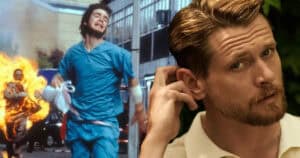

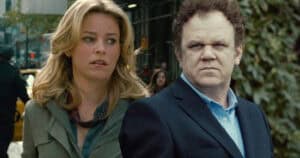
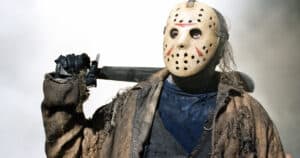
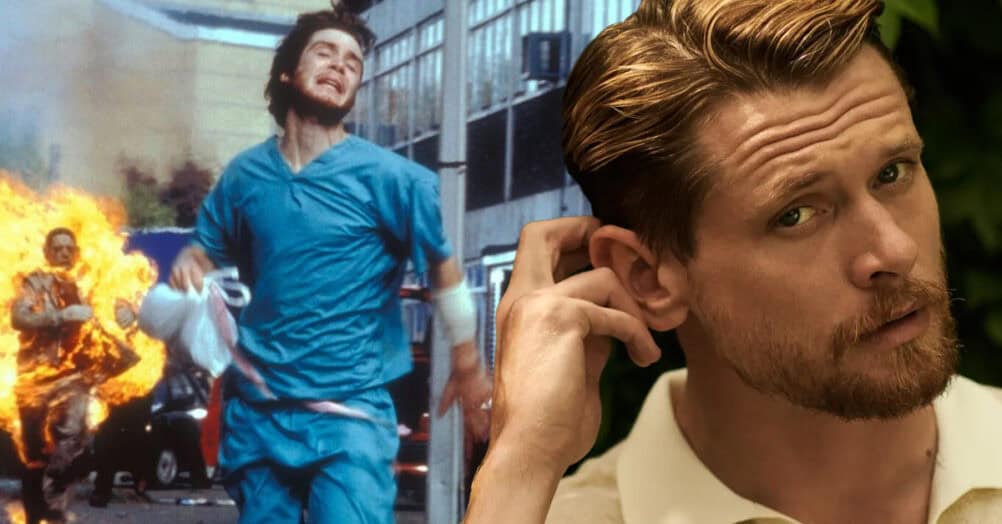
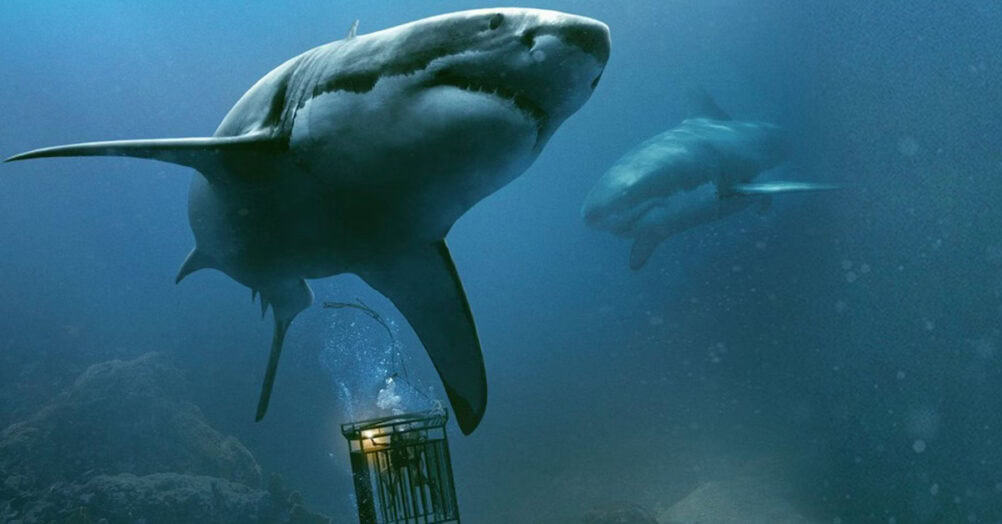
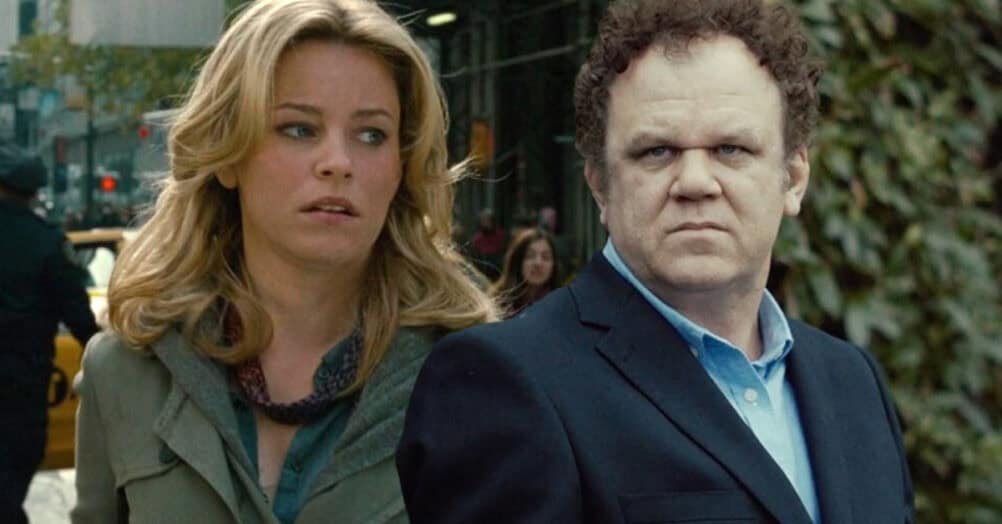
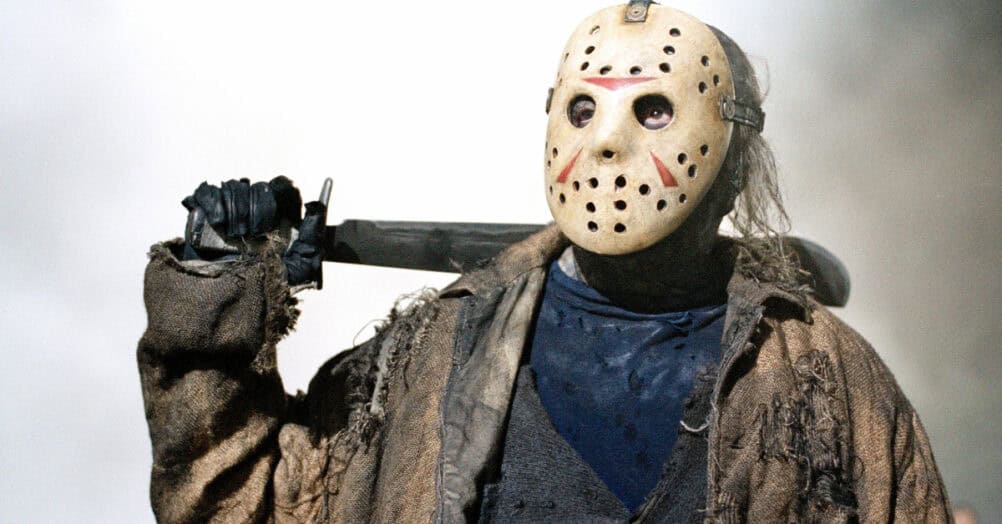

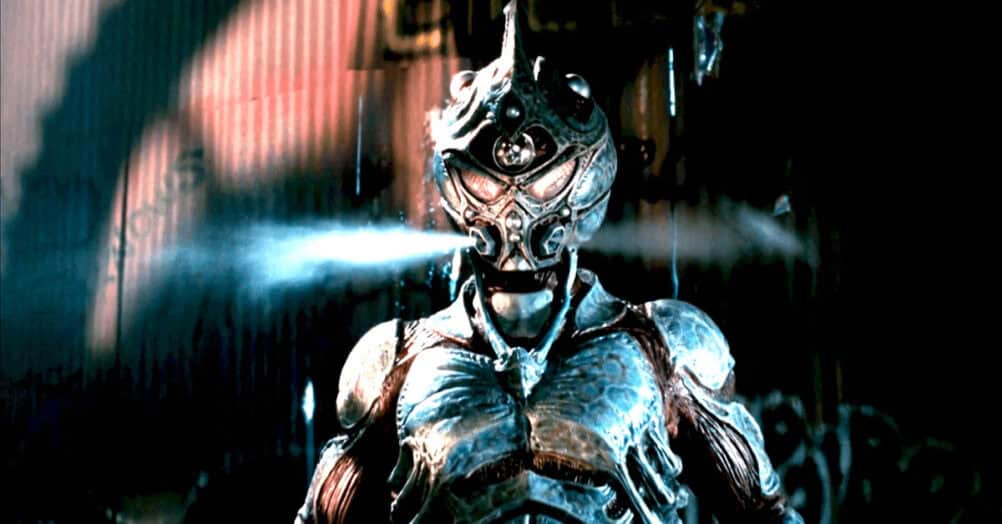
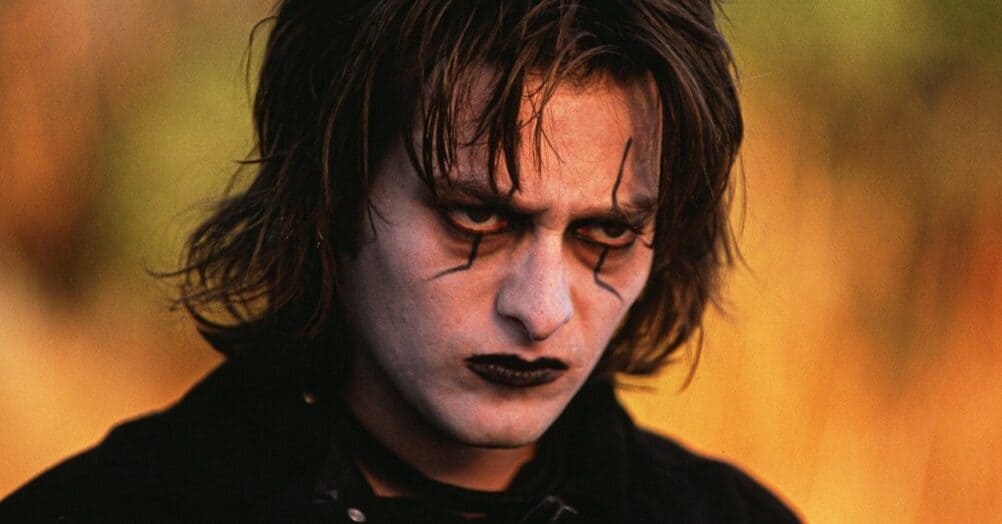
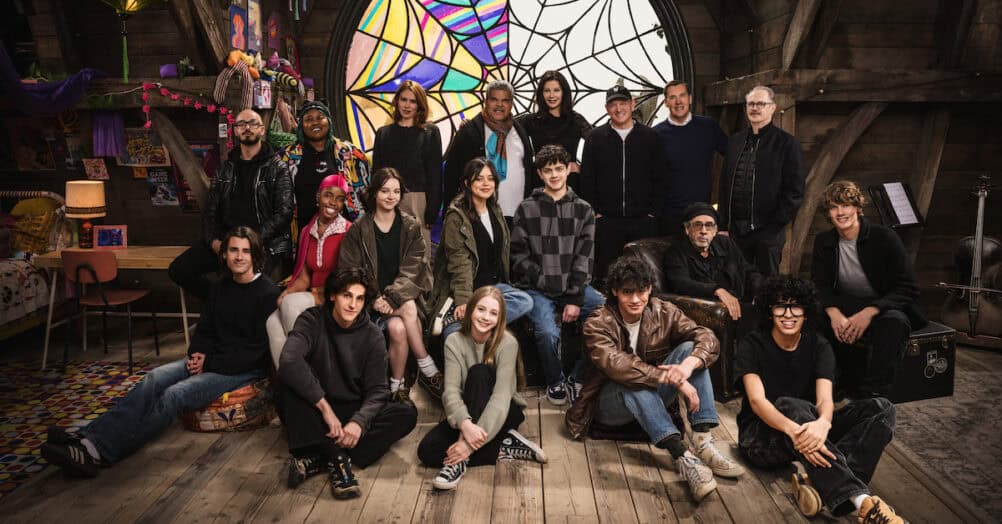
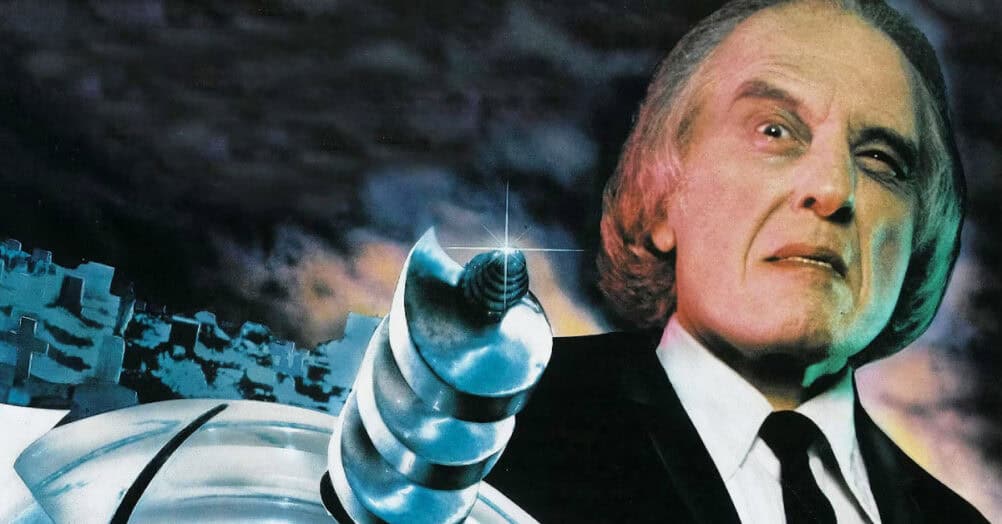
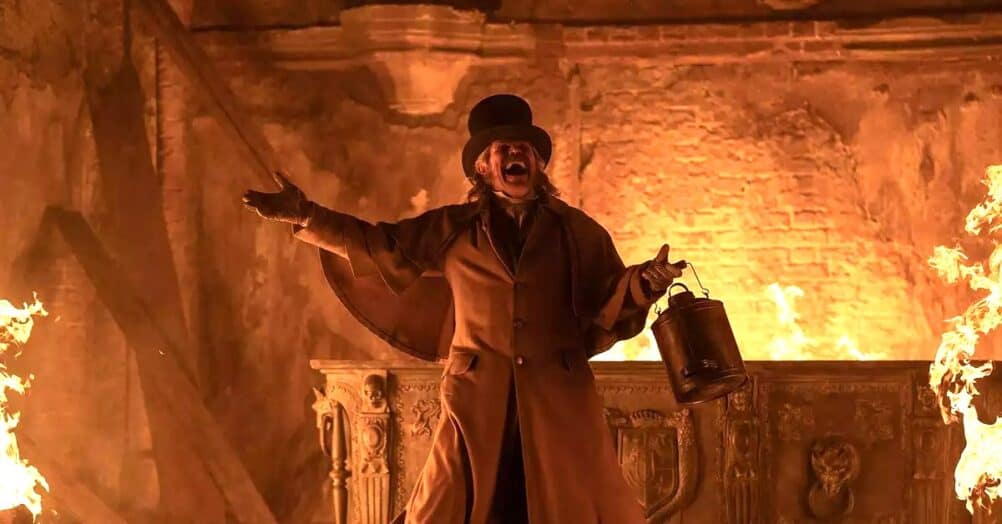
Follow the JOBLO MOVIE NETWORK
Follow us on YOUTUBE
Follow ARROW IN THE HEAD
Follow AITH on YOUTUBE